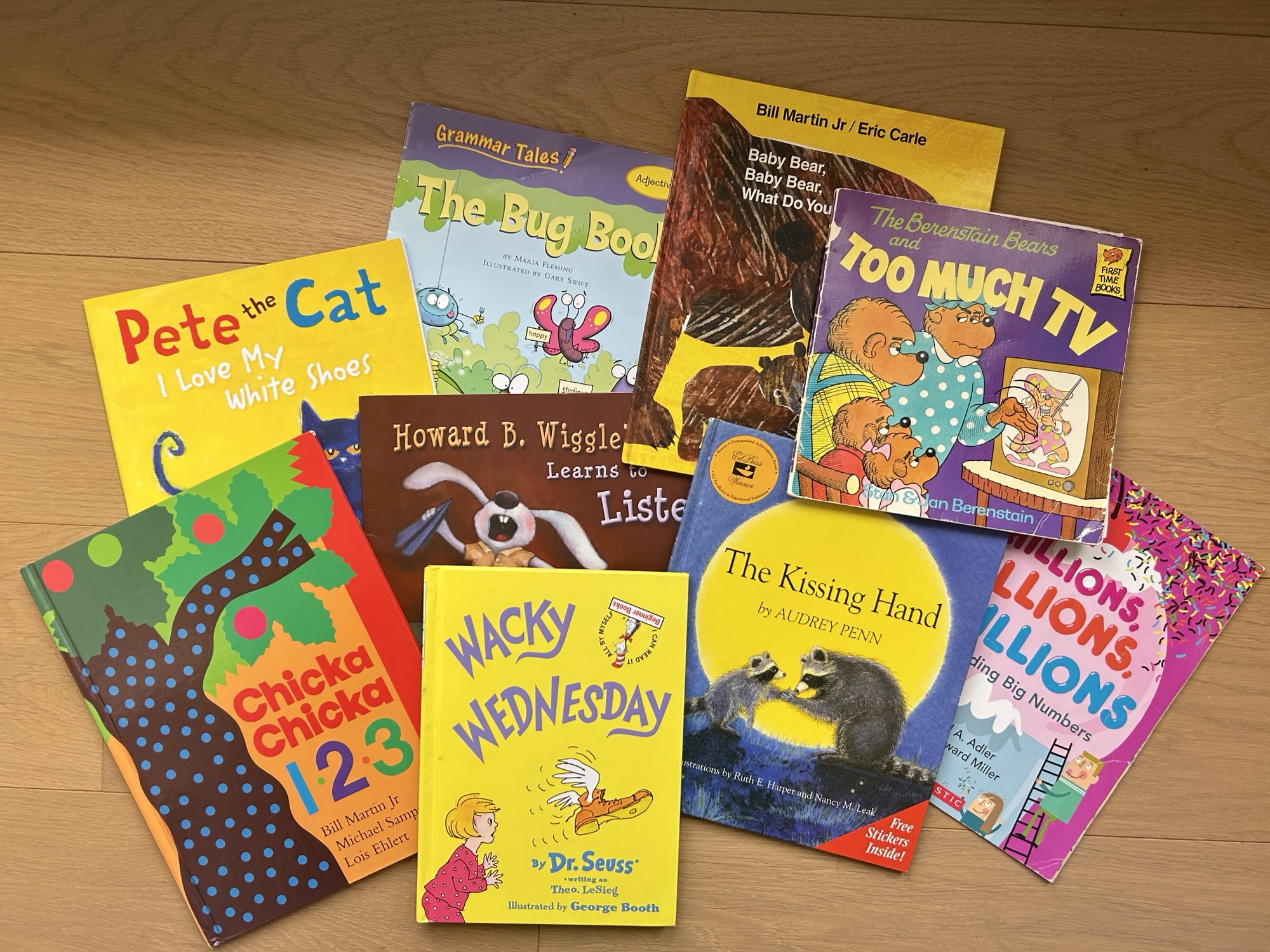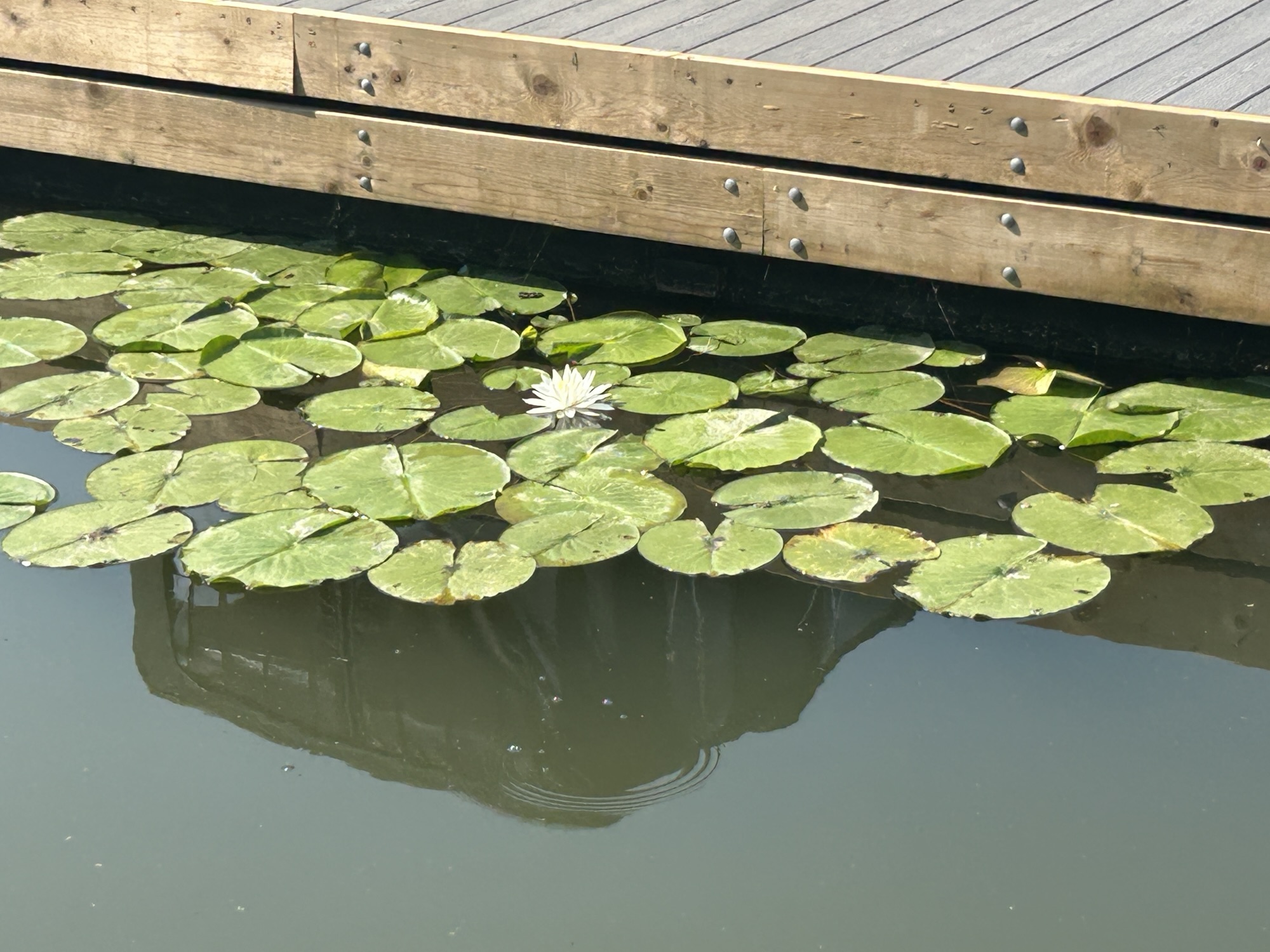And it’s not where you think it is.

I’m a mother to three boys, and last month, my youngest made the transition from a private intermediate school to a public secondary one. After navigating Catholic, private, and public schools with my three sons, I keep returning to one question: What kind of school environment best supports a child’s development?
When my firstborn son was ready for kindergarten, I enrolled him in public school. His first year went well, but the issues started the following year in SK. My son, whom I taught to be inclusive and kind, attracted a bully. As a mother who advocates for respect, it broke my heart to see him in distress. I confronted the school principal, but he responded that the child had a right to be in the classroom, and there was nothing they could do.
Okay, if they couldn’t fix the bully problem, then it was up to me, the primary teacher in his life, to find a solution. My wish was to find a school of educators that not only listened to parents but also addressed the unique behavioural needs of students. I toured the private school that he would eventually attend for his first grade. The hall walls showcased the work produced by each classroom, which was tidy and organized. I had to send him there!
With my firstborn son thriving in private school, we enrolled his brothers as they became school-aged as well. From grade one to grade eight, the private school gave me peace of mind. When it was time for high school, my husband and I faced crucial decisions about which schools would be the best fit. I no longer needed the private school setting. I was ready to consider the idea of leaving, believing that they had a strong foundation and would thrive anywhere.
The Catholic School Board System
In 2019, my first son entered the Catholic secondary school board for the IB program, a rigorous and internationally recognized educational program. What I observed was the school’s communication gap, a lack of teacher outreach and academic updates to parents. My son failed to mention that his marks were dipping, and only found out when I went to the school for an unrelated visit. Although his friends were not the core root of the problem, it was a teacher who was sabotaging his progress. Luckily, his dad and I resolved the problem, but not without worry and stress.
After Grade nine, my son and I both learned to take ownership. When he graduated from high school, I let out a sigh of relief. He made it into a top University. Overall, I believe the Catholic school system didn’t fail my son that first year. I recognize that it was my responsibility to advocate for and monitor his progress.
The Private School System
My second son continued with his private education, and what I observed was a continuation of monthly teacher calls, mark updates, and progress reports. A Culture of excellence, where students are competitive, extroverted, and driven, with parents who push hard. A Supportive structure, offering Speech nights, activities, clubs, comprehensive academic guidance, and a safety net for social issues. The system instilled a sense of confidence, knowing I could message or call at any time. Overall, I love the Private school system, but the only negative is that you have to pay out of pocket for it.
The Public School Board System
Last month, my third son moved to the public school board system. Although it is his first month in high school, I’m impressed. I’ve received weekly newsletters, accessible staff, and a sense of a proactive tone of the school. Unlike in private schools, students are allowed to have cellphones in the classroom. My son reports that students are vaping in bathrooms and has witnessed the occasional physical threats among some students. He has assured me that he intends to avoid problematic student behaviours and focus on his academics, and I thank the foundation of our household values for that.
What I’ve learned is that each school system has differences in culture, expectations and peer environments. The common thread is that their ability to succeed in any school environment stems from skills built in early support at home. Of all the schools my kids have attended, we collectively have faced missteps, challenges, and lessons, but the foundation of their education started from home.
I encourage my children to be mindful of their social situations and academic standing. To care about where their focus needs to be, to steer away from peers who might drag them down, and to choose friends who share their beliefs and academic goals. To be aware that not all peers and teachers have your best interests in mind, and when you encounter this, do not be discouraged; instead, be empathetic and keep working towards your goals. The teacher is at home. It’s me, and it’s YOU, the parent.
The foundation from the early years is where the significant investment is. I chose a private school, but you can actually achieve this at home by holding your child to high standards in their behaviour and academics.
The role of home support is the key to connecting with each child as an individual. Your approach of being present, helping with studying, reinforcing their organization, and holding them accountable. This education makes a significant difference in school environments that are distracting or otherwise difficult to focus in. Emotional insight and confidence come from knowing that the teacher at home (you) is in their corner. In reality, it’s not the school, it’s you teaching by example, and advocating what’s right for your morals, values and economics. You are the constant support and presence they need, no one else. The best school for your child is what you teach at home.



Leave a Reply